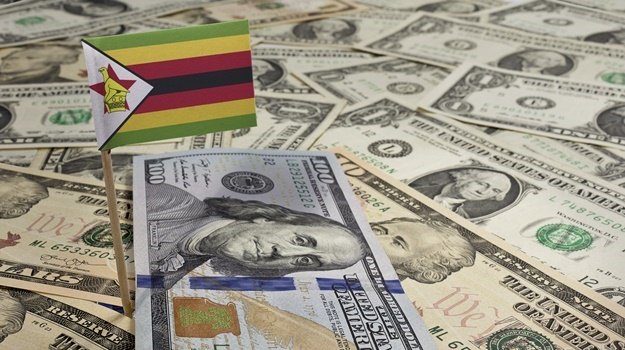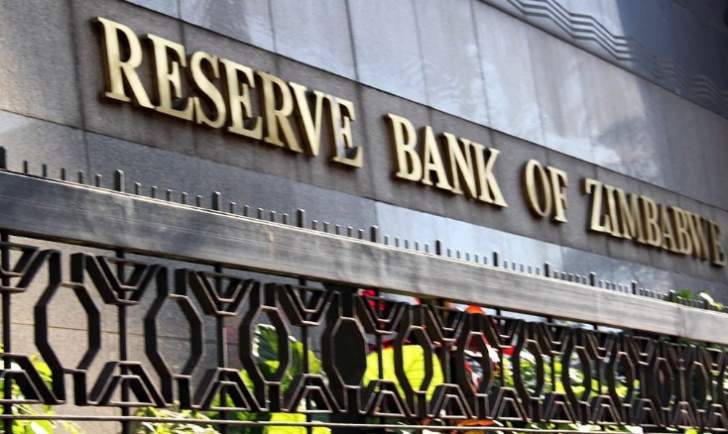Reduced forex threshold might strain cash flow and investments, exporters
The country’s exporters are worried that reduced foreign currency retention from 75 percent to 70 percent might strain operations as costs remain dominated in US dollar terms.
Experts also contend that a sector-specific retention policy could mitigate adverse effects.
The Reserve Bank of Zimbabwe (RBZ), in a recent monetary policy review statement (MPS), said it reduced the threshold in order to guarantee continued stability in the interbank foreign exchange market through augmenting the supply of foreign currency, as well as building the critical foreign currency reserves needed to anchor the ZiG.
The review implies that the effective surrender portion of export proceeds has been increased from 25 percent to 30 percent, and the central bank believes that is consistent with the increased use of ZiG in the economy.
RBZ also noted that the additional 5 percent will ensure that exporters mobilise sufficient ZWL to meet local currency obligations and other expenses, including tax payments, going forward.
Chamber of Mines Zimbabwe, chief executive Isaac Kwesu, told Business Weekly authorities have increased the portion of local currency at the time service providers are demanding USD, including labour.
He said in as much as miners are net exporters, a huge chunk of their requirements, equipment, consumables are imported.
“Their import bill is equally significant and rely heavily on foreign currency and this is the premise why miners retain a portion of their foreign currency so that they can reduce the turnaround time in their business.
“But also given a changing economic environment, the local suppliers and also other requirements, such as ZESA need to be met 100 percent through foreign currency payments and miners are intensive energy users. Part of royalties and other government payments are also done in US dollar terms.
“We will be engaging the authorities and the real issue is we now have increased portion of local currency at the time our service providers are demanding USD, including labour, so it means our USD that we are retaining are squeezed and we will be having shortfalls,” he said.
He added that the miners will be appealing to the government to have more spaces where local currency is used, such as the taxes and royalties, among other things; that is one of the quick wins.
The mining sector remains one of the key foreign currency earners for the country and in 2024, Zimbabwe’s foreign currency inflows increased 21 percent to US$13.3 billion in 2024 compared to US$11 billion in 2023, largely driven by growth in export proceeds.
According to the RBZ, export receipts at US$7,9 billion contributed 59,2 percent to total inflows, followed by diaspora remittances at US$2.2 billion, representing a 16 percent contribution.
The central bank noted that merchandise exports stood at US$7.9 billion in 2024 and the robust performance was mainly driven by exports of gold and tobacco.
It said mineral exports, which constituted the largest share of merchandise exports, grew by 7,8 percent, from US$5.4 billion in 2023 to US$5,9 billion in 2024.
Gold exports recorded a remarkable increase of 37 percent to US$2,5 billion in 2024, from US$1,8 billion in 2023.
Kwesu said at 75 percent, it was fairer than anything else with the understanding that other sectors and government require foreign currency.
“But as I am saying, those that have been on the expansion, what they generate will not be enough when we are expanding, when we are starting a new project. It is our hope that the authorities will be able to understand our situation,” he said.
The horticulture sector is also a key export segment of the economy and has been making inroads in various European Union markets and Asia.-ebsinessweekl









